TOPEKA–According to research done for the Kansas Department of Wildlife, Parks and Tourism (KDWPT), travel and tourism in the Sunflower State continued a six-year growth trend with solid gains during calendar year 2015. Visitation moved upward to 35.4 million, a gain of 900,000 over 2014 and equivalent to everyone from Texas, Nebraska and Missouri visiting Kansas once a year.
Traveler spending increased to $6.5 billion in 2015, about what all Americans spent on food for July 4th and $261 million more than 2014. Lodging expenditures, food and beverage sales and retail spending showed the strongest growths. The figures are based on a report by Tourism Economics, a company that specializes in analyzing and reporting on economic impacts of tourism.
“The variety of attractions and experiences in our state increasingly have become destinations for non-residents and visitors from many foreign countries,” said Linda Craghead, KDWPT Assistant Secretary for Parks and Tourism. “Not only that, Kansans themselves are awakening to our amazing opportunities to travel and enjoy the many things the great Sunflower State has to offer. The benefits to our economy are enormous. If our tourism industry were a single business, it would rank #402 on the Fortune 500 list.”
When indirect and induced impacts are included, Kansas travelers in 2015 generated $10.4 billion in total business sales. The growth of travel spending has averaged 5.5% per year since 2009, a total increase of $1.8 billion. Kansas travelers directly and indirectly sustained 94,126 jobs in 2015, with a combined income of $2.9 billion.
The benefits of tourism extend to state and local governments, as well. Tourism-supported direct and indirect tax revenues in 2015 surpassed $1 billion and included $588 million in state and local governmental revenues. Of the $272 million in state revenues, $186 million accrued from sales tax collections. Local governments received $316 million in tax receipts from travel-generated activity. If the state and local tax revenues from visitor activity were absent, each Kansas household would need to pay $525 to replace those revenues.
Tourism Economics, an Oxford Economics Company, conducted an economic impact study of tourism in Kansas using the most current data from 2014.



 KDC
KDC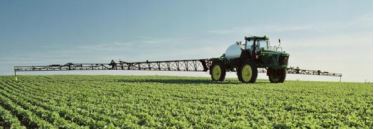

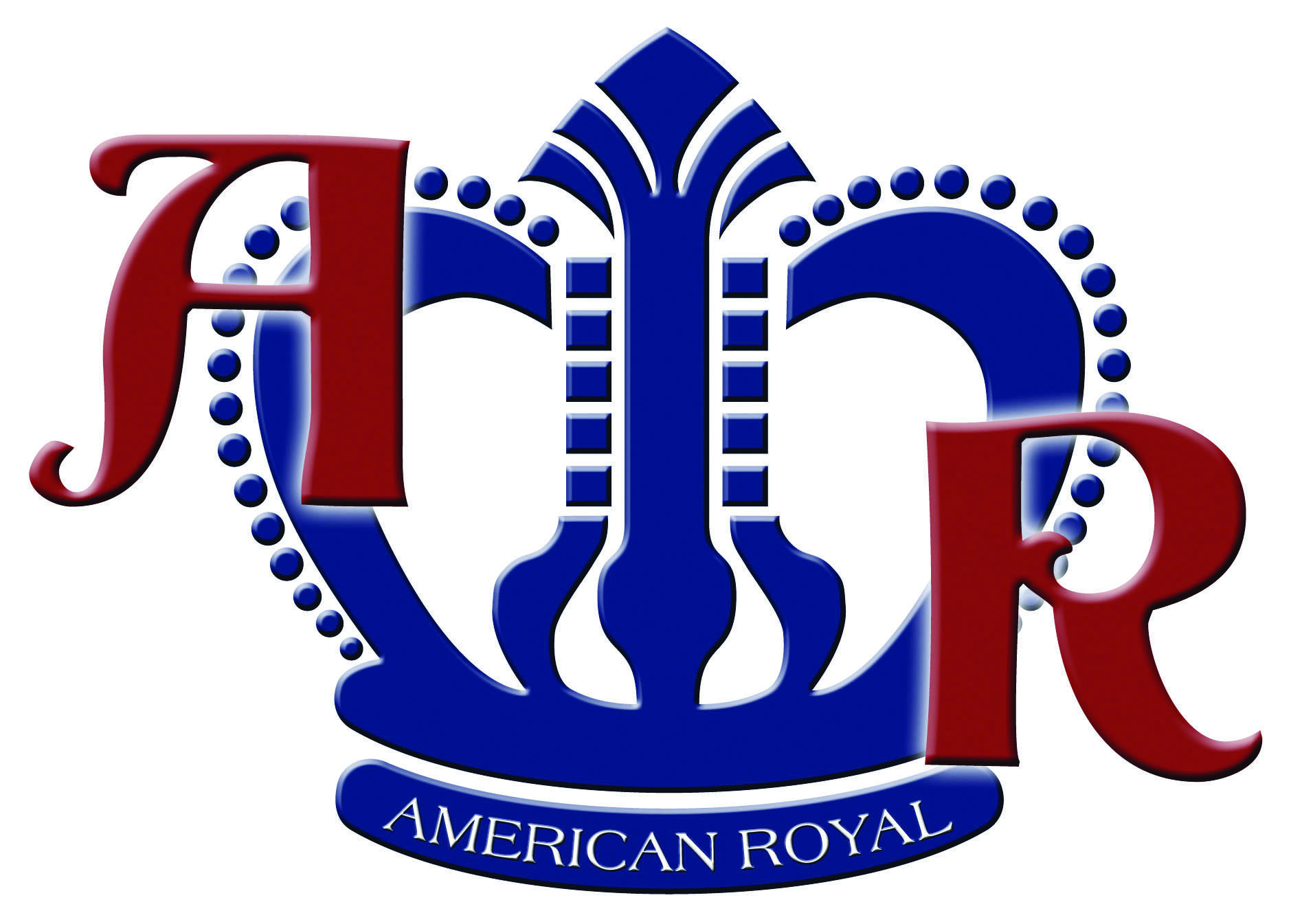



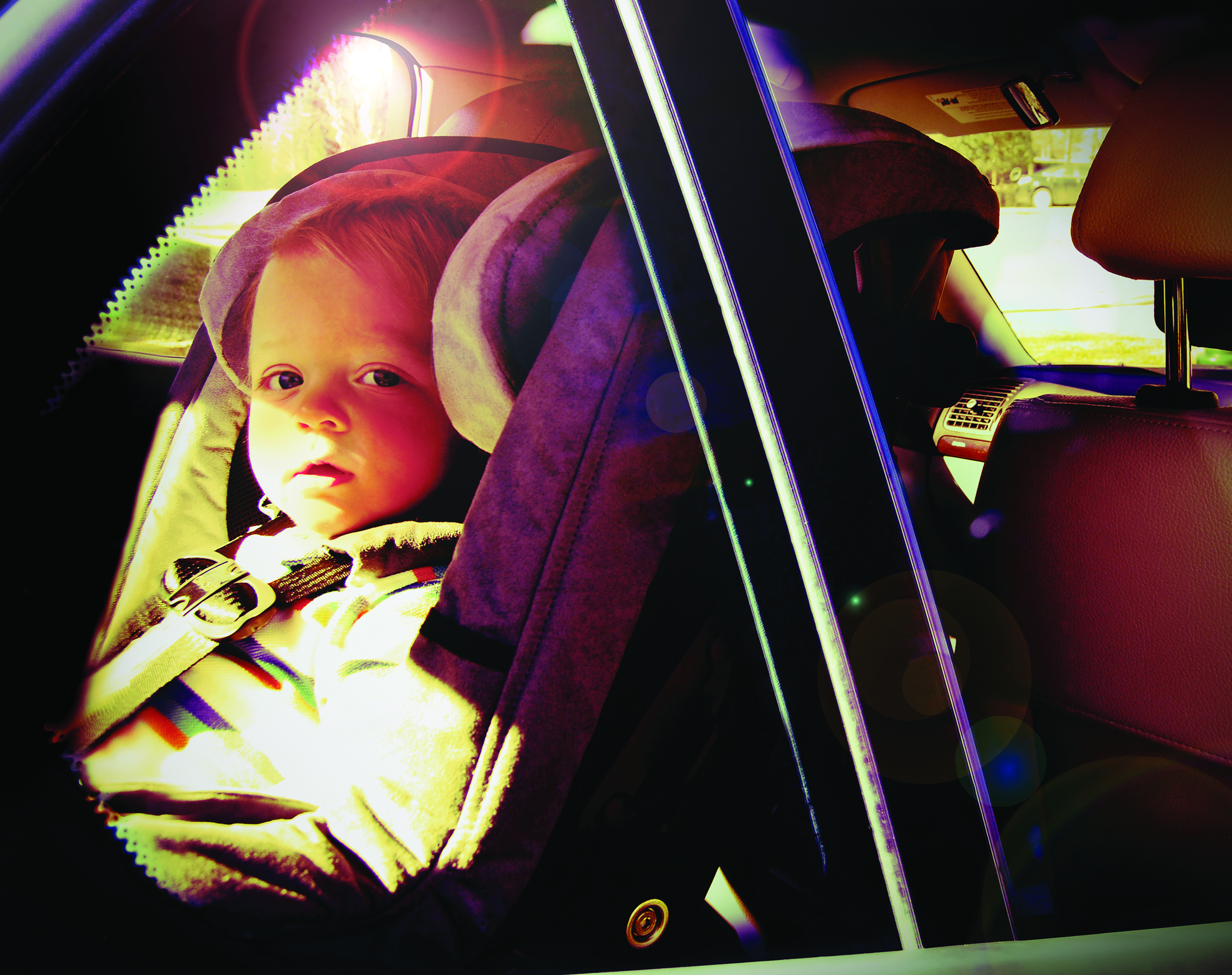

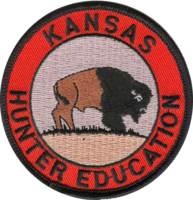
 KDWPT
KDWPT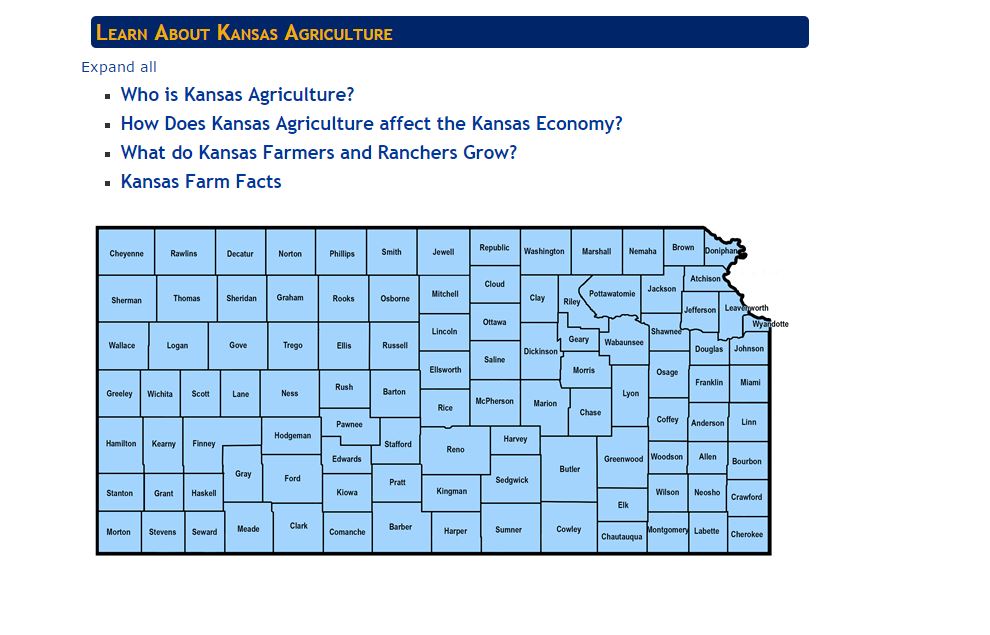
 KDA
KDA

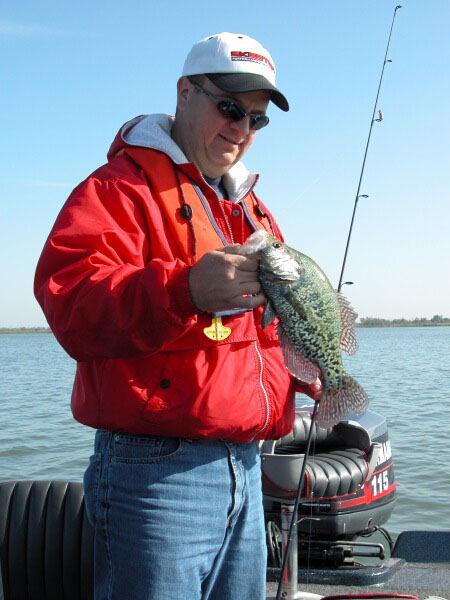
 KDWPT
KDWPT
 KDWPT
KDWPT

 KDWPT
KDWPT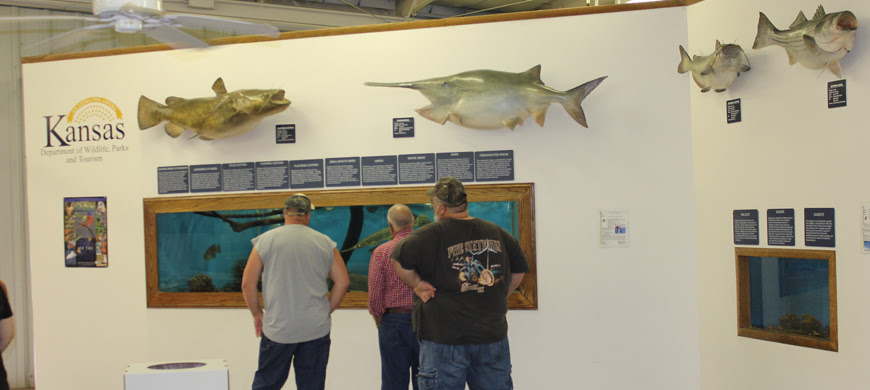
 KDWPT
KDWPT